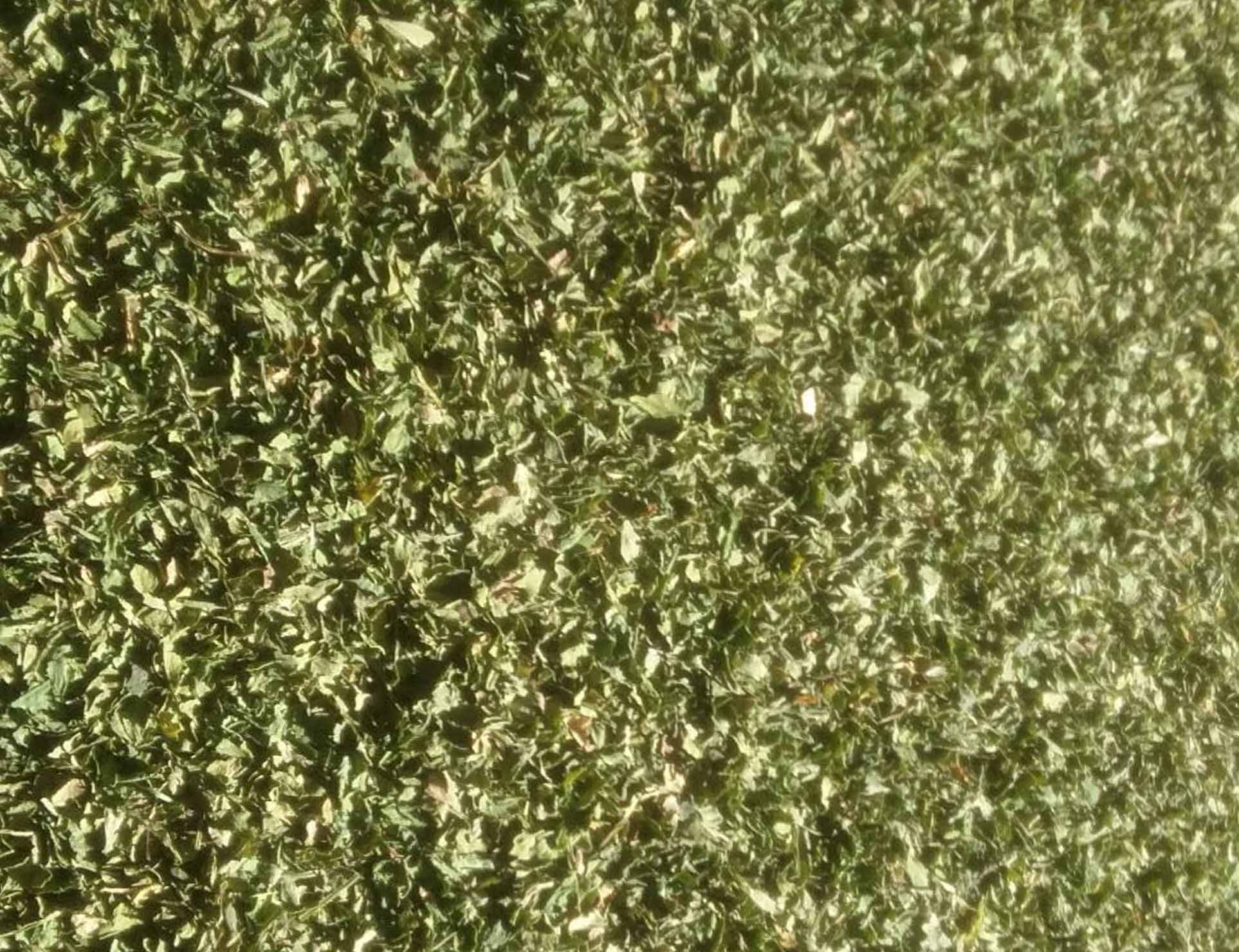Name: Celery dried leaves (Celery plant) & Celery seed for germination
Botanical name: Apium graveolens
Family: Apiaceae
Descriptions:
Since ancient times, Celery has been planted as a vegetable. It is also called Apium graveolens.
Celery is considered a marshland plant that is backing to Apiaceae family.
Celery's stalk is long fibrous and is tapering into leaves. Celery's stalk, leaves, and hypocotyl are edible and also can be used in cooking. Whereas Celery seed can be considered a spice and you can use its extracts as medicine.
Celery leaves are considered pinnate to bipinnate, whereas they have rhombic leaflets 3–6 cm long and 2–4 cm broad. While the flowers colors are creamy-white and they are from 2-3 mm in diameter.
Celery flowers are cultivated in dense compound umbels.
While the seeds long and wide can be 1.5-2 mm, they are broad ovoid to globose.
New cultivars have been chosen for leaf stalk and solid petioles.
The stalk of Celery is breaking out readily into strings. These strings are bundles of angular collenchyma cells exterior to the vascular bundles.
Cultivation
The cultivation process is depending on the season of the year. Celery can be cultivated in a hot area or in open gardens.
Celery is planted to a height of 15-20 cm after one or to thinning and transplanting.
Celery is also cultivated in deep trenches for convenience of blanching, which is effected by landing up to eliminate light from the stems.
Celery is edible, people around the world consumes it as a vegetable.
The North American used the crisp petiole (leaf stalk), whether the European uses the hypocotyl as a root vegetable, but the leaves are consumed as a flavouring in stews and soup or as dried herbs.
Cajun cuisine ouisiana Creole and are preferring to add the "holy trinity" which are bell peppers, onion and celery.
Carrot, onion and celery are used as a base for the soup and sauce for the French murepoxi. Also celery is added to many other soups such is the chicken noddle soup.
Starting Celery seed
Starting to plant Celery seeds indoor begin should be at least from 8 to 10 weeks before the last frost date for your place. That is because the celery plant has a long due date, otherwise your place has a long growing season.
The seeds of celery are tiny and tricky. So try to combine them with sand sprinkle the combination over the potting soil. Then cover the seed with just a small amount of soil. It is preferable to cultivate the celery seeds shallowly. When the seeds become large enough, hole them out to their own pots.
Planting Celery seed in the Garden
To plant celery seeds, you need a temperature above (10 C.). You have to know that celery seeds are very sensitive to temperature. So that you shouldn't cultivate the seeds in the early morning because they will be killed or be weaken.
If you live in a place suitable for planting celery, you can expose it to 6 hours to the sun.
But it is preferable that you plant celery at a shaded place for the hottest part of the day. You also should know that celery seeds need a rich soil and a lot of nutrients to increase well.
Celery Nutrition Facts:
One cup of chopped celery has:
16 calories
0 fats
1 gram protein
5 grams fiber
5 milligrams vitamin K (37%)
36 milligrams folate (9%)
22 milligrams vitamin A (9%)
263 milligrams potassium (8%)
1 milligrams vitamin C (5%)
40 milligrams calcium (4%)
0.08 milligrams vitamin B6 (4%)
Health benefits of celery leaves:
• Helps Prevent or Treat High Blood Pressure
• Helps Prevent Ulcers
• Contains Anti-Microbial Properties That Fight Infections
• Lowers Inflammation
• Protects Liver Health
• Celery Helps to Lower High Cholesterol
• Boosts Digestion and Reduces Bloating
• Beneficial for Weight Loss
• May Help Protect from Cancer
• Helps Prevent Urinary Tract Infections
More related articles:




